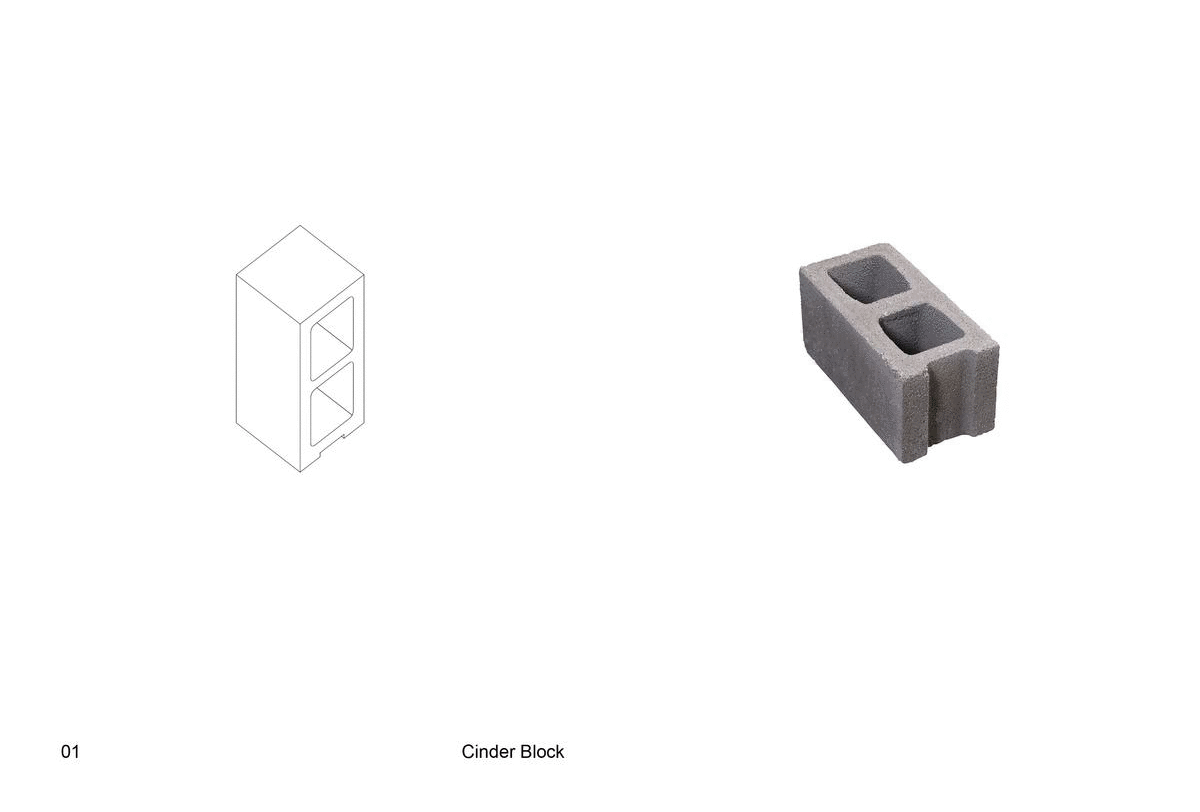Uncanny Genericism
Generic Objects
Image

The notion of objecthood has been ceaselessly interrogated since the 19th century. Initially with the advent of mechanical reproduction, and more recently through the proliferation of the digital image. Never-the-less, consumer-driven society still privileges the object as the primary driver of self-expression and personal identity. As the urban dwelling is increasingly defined by predictable floor plans within climatized, glass box extrusions, the assemblage, storage, and accumulation of objects take a more profound role in defining the characteristics of space and the users who inhabit it.
For a specific class of person, the architecture of the home has always enjoyed a role as a conduit for self-expression. By contrast, the social optimism of 20th century modernism understood the condition of permanent unpredictability and instability that is inherent to human nature and market forces. While the zero-degree project sought to liberate the inflexibility of the fixed interior, it by and large shifted the burden of interior organization to the user. As such, a notion of private property emerged that was no longer understood as a unilateral representation of a fixed whole. Rather, the zero-degree project ushered in a notion of property-as-driver for flexibility and refinement. Not architecture as thing, but architecture as things.
The role of the image in architectural representation has further exacerbated this phenomenon as representational techniques once native to the discipline have become challenged and less defined. Architectural representation now finds itself aligned with unanticipated disciplines whose motives are less clear and whose social functions are more ambiguous. One need only look within the context of profligate real estate listings, in which low contrast images depict characterless spaces as being part and parcel to the objects inside of them - when in fact, they aren't.
For the past two decades, disciplinary discourse on consumerism has been largely focused on vast commercial spaces – the shopping mall, the airport - the “Junkfood” of architecture. When it has ventured into the realm of the domestic, it has largely been in service to the specific object. This thesis attempts to reconsider the role of representation relative to ideas of the generic object, and understands these objects as sources of authorship that can be architecturally generative in a time when objecthood evades clear definition.